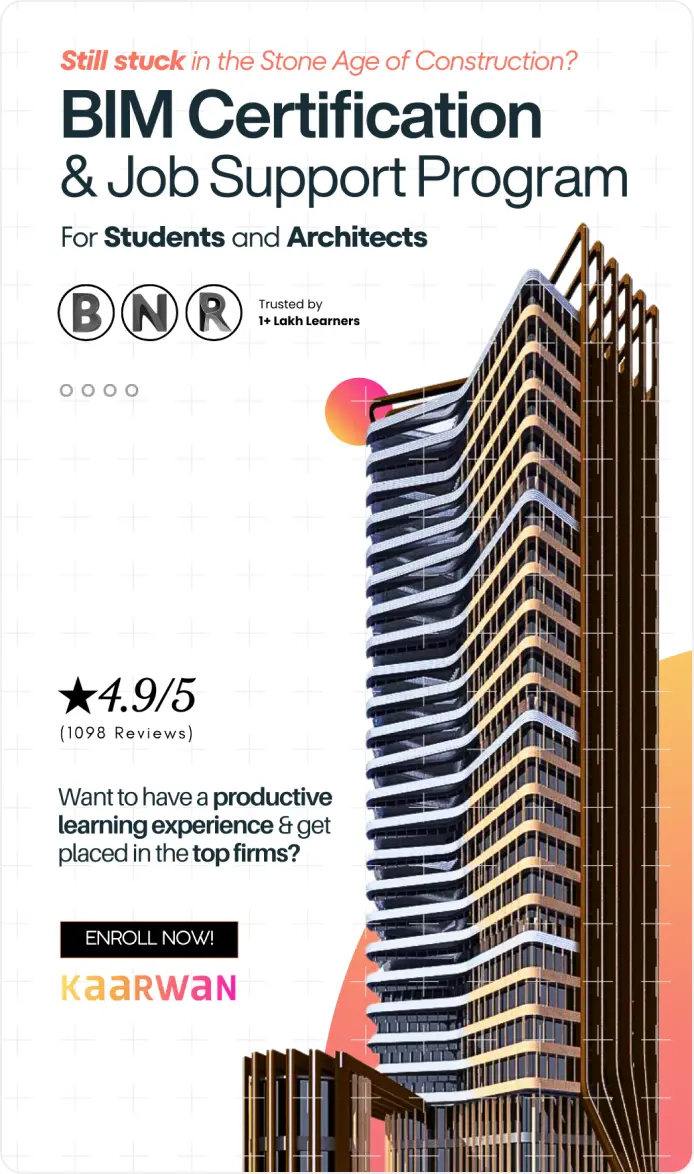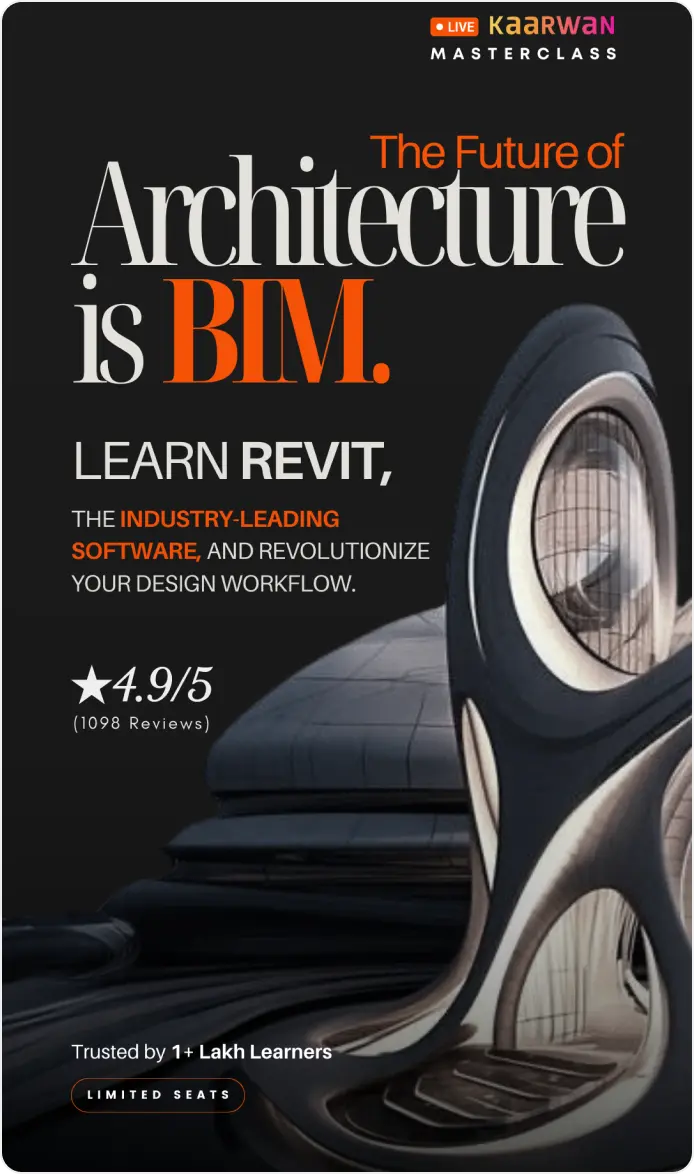In the rapidly evolving landscape of contemporary architecture, the convergence of parametric design and digital fabrication stands as a testament to the industry's commitment to innovation and efficiency. This article aims to explore the profound impact of these technologies on architectural practice, particularly in optimizing designs for fabrication.
Understanding Parametric Design
What is Parametric Design?
Parametric design represents a paradigm shift in architectural methodology, harnessing the power of computational algorithms to generate and manipulate complex geometries. By defining a set of parameters and rules, architects can explore an expansive design space, allowing for the creation of highly intricate and adaptive forms.
Applications in Architecture
From the conceptualization of site-specific installations to the development of large-scale building envelopes, parametric design offers architects a versatile toolkit for exploring novel design solutions. Its ability to integrate seamlessly with digital fabrication technologies further enhances its potential, facilitating the translation of digital models into physical prototypes with precision and accuracy.
Integration with Digital Fabrication
The integration of parametric design with digital fabrication technologies is crucial for enhancing the realization of architectural designs. It enables architects to bridge the gap between digital models and physical artifacts, ensuring that complex geometries can be materialized with efficiency and fidelity.
Challenges in Adopting Parametric Design
Computational Complexity
Mastering parametric software demands a steep learning curve due to the computational power required to execute complex algorithms. Architects and designers must invest time in understanding these tools to leverage their full potential.
Integration with Traditional Practices
The shift towards parametric workflows often requires architects to rethink traditional design processes. This transition necessitates a reevaluation of established practices to fully harness the benefits of parametric design in architectural projects.
Digital Fabrication in Architecture
Overview of Digital Fabrication Technologies
Digital fabrication encompasses a spectrum of techniques, including additive manufacturing (e.g., 3D printing) and subtractive methods like CNC milling. These technologies enable architects to realize intricate geometries and customized components with unprecedented precision.
Advancements and Innovations
Recent advancements in robotics, automation, and material science have expanded the capabilities of digital fabrication. These innovations empower architects to explore new frontiers in form, structure, and materiality, pushing the boundaries of architectural expression.
Accessibility and Democratization
The democratization of digital fabrication technologies has made them more accessible to designers of all backgrounds. This accessibility fosters innovation and creativity, enabling a broader range of architects to engage with advanced fabrication techniques.
Challenges in Digital Fabrication Adoption
Cost and Scalability Issues
Despite its transformative potential, the adoption of digital fabrication may pose challenges related to cost and scalability. Smaller firms or projects with constrained budgets may face barriers to entry when integrating digital fabrication into their architectural workflows.
Coordination in Construction Workflows
Effective coordination among stakeholders—including architects, engineers, fabricators, and contractors—is essential for the successful implementation of digital fabrication. Collaboration ensures that design intent aligns with fabrication capabilities and on-site construction requirements.
Optimizing Designs for Fabrication
Synergy Between Parametric Design and Digital Fabrication
The synergy between parametric design and digital fabrication revolutionizes the design-to-fabrication process in architecture. By using parametric algorithms to optimize designs for fabrication constraints, architects can iteratively refine their solutions to achieve both aesthetic goals and structural integrity.
Skill Requirements for Designers
Achieving proficiency in parametric design and digital fabrication requires a multidisciplinary skill set. Architects must combine computational design principles with an understanding of material properties, manufacturing processes, and construction methodologies to effectively realize parametrically generated designs.
Future Trends and Possibilities
Integration of Generative Algorithms and AI
Emerging trends in architecture include the integration of generative algorithms and artificial intelligence into the design process. By leveraging computational creativity, architects can explore a wider range of design possibilities and optimize solutions for specific performance criteria such as sustainability and user experience.
Advancements in Materials and Techniques
Advancements in materials, such as bio-inspired materials with self-healing properties, and techniques like robotic construction methods, promise to revolutionize the built environment. These innovations enhance the resilience, sustainability, and efficiency of architectural designs, addressing contemporary challenges in urbanization and climate change.
Implications for Architectural Practice
The convergence of parametric design and digital fabrication reshapes architectural practice by offering new avenues for creativity, innovation, and efficiency. By embracing these technologies and adopting a collaborative, interdisciplinary approach to design, architects can pioneer solutions that are both visionary and responsive to societal needs.
Conclusion
In conclusion, the convergence of parametric design and digital fabrication represents a paradigm shift in architectural practice. By optimizing designs for fabrication and embracing technological advancements, architects can unlock new possibilities in form, function, and sustainability, shaping a built environment that meets the demands of the 21st century.
Ready to master parametric design? Enroll in our Advanced Rhino & Grasshopper Certification with Job Support Program today. Take your skills to the next level and secure your future in architecture!

